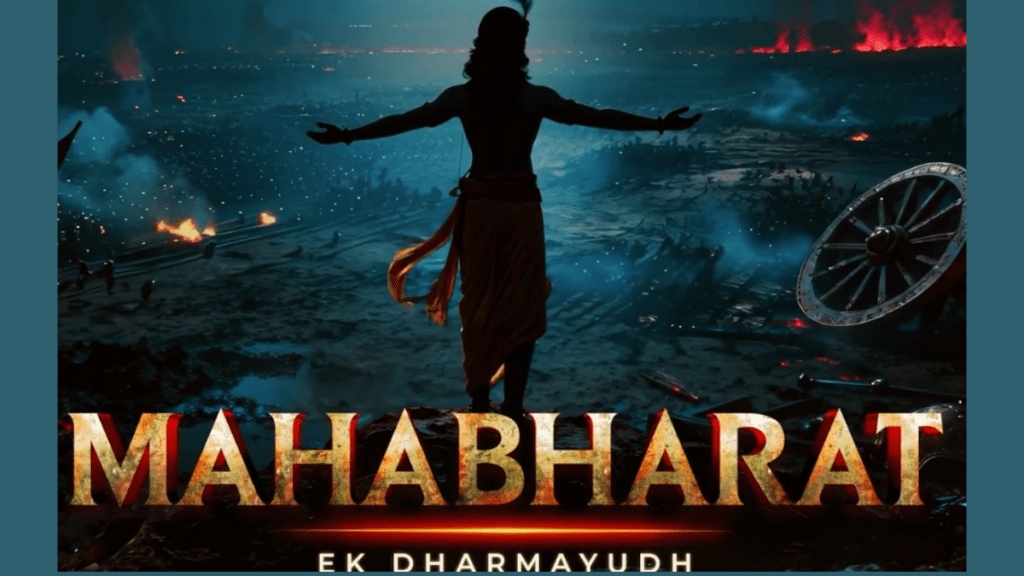JioHotstar’s latest Mahabharat: Ek Dharmayudh, which debuted just over two weeks ago, logged 6.5 million video views on day one and has a reach that is more than twice the OTT platform’s average. Here’s the plot twist: The 100-episode series is an AI-powered animated production by JioStar and Collective Media Network, featuring no traditional human actors in the lead roles.
JioHotstar says it has now crossed 26.5 million video views since its launch.
AI represents one of the most exciting frontiers in entertainment today, says Sushant Sreeram, head of SVOD & CMO at JioStar. “Mahabharat: Ek Dharmayudh represents this shift where technology and imagination converge to redefine how stories are conceived and experienced. AI allows us to experiment and build worlds faster, to expand visual ambition without being limited by scale, and to tell timeless stories in dynamic ways,” he explains.
Vijay Subramaniam, founder and group CEO of Collective Artists Network, says while its use presents better cost and time efficiencies, AI is an enabler, not a shortcut. “For Mahabharat, it helped us recreate large-scale palaces, kingdoms and entire battlefields digitally, without the need for massive physical sets or months of on-ground preparation. That meant the creative team had more space to focus on storytelling and performance, rather than logistics,” he says.
Experts say AI also opens up the playing field, giving creators access to tools and capabilities that were previously only limited to studios with big budgets.
While the new series has seen a largely positive response from viewers, it has also faced some criticism on social media from those who argue that it lacks emotional depth and doesn’t have the authenticity that comes from a human cast. “AI art is technically impressive yet emotionally imperfect. The next evolution will come from affective AI systems that integrate sentiment detection, tonal modulation, and micro-expression synthesis into the generative stack. Once that happens, AI-led storytelling will move from novelty to legitimacy,” points out Ambika Sharma, founder and chief strategist, Pulp Strategy.
She argues that the benefits far outweigh the challenges, which will be mitigated as the technology evolves. “With cost efficiencies ranging from 50 to 80%, the real gain is agility and the ability to reimagine epic-scale storytelling without studio-size budgets.”
While emotion is not something that can be fully automated, AI can help bridge the gaps that currently exist, remarks Prashant Puri, co-founder & CEO, AdLift (Liqvd Asia). “It can analyse audience reactions, study dialogue patterns and help refine scenes so they feel more natural. The key is to treat AI as an amplifier, not a replacement. Humans bring intuition, cultural understanding and emotional intelligence, while AI brings speed, scale and data-driven insights,” he says, noting that when both work together the content is not just efficiently produced but also authentic.
Subramaniam adds that AI will only make storytelling more inclusive in the future, offering a platform to new voices and ideas. Ultimately, AI won’t define creativity, it’ll just remove the barriers around it, he sums up.


